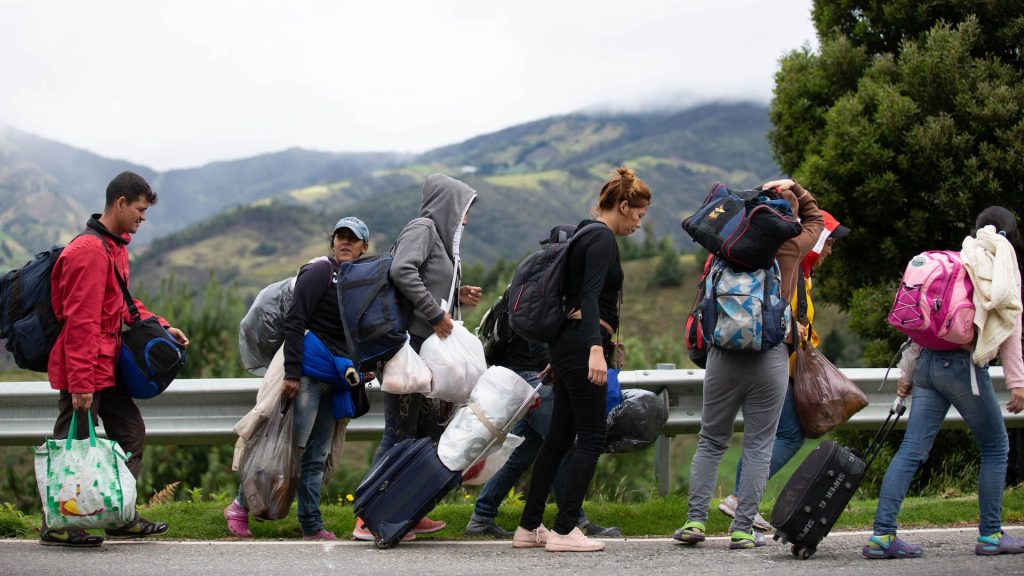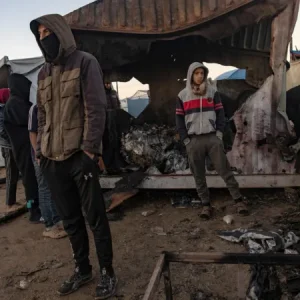
European Migrant Crisis: Rising Numbers and Challenges
Overview The European migrant crisis continues to be a significant political and humanitarian challenge. Increasing numbers of migrants and refugees are crossing into Europe, seeking asylum from conflict, persecution, and economic hardship in their home countries. This surge has led to a strain on resources and infrastructure in several European countries, sparking political debates and humanitarian concerns.
Key Factors Driving Migration
- Conflict and Persecution: Ongoing conflicts in the Middle East, Africa, and parts of Asia have displaced millions. Countries like Syria, Afghanistan, and South Sudan remain major sources of refugees.
- Economic Hardship: Many migrants are fleeing poverty and lack of opportunities in their home countries, seeking better lives in Europe.
- Climate Change: Environmental factors, including droughts and natural disasters, are increasingly contributing to displacement.
Political Response
- Policy Differences: European Union member states are divided on how to handle the crisis. Countries like Germany and Sweden have adopted more welcoming policies, while others, such as Hungary and Poland, have taken a harder stance.
- Border Control: Enhanced border controls and agreements with non-EU countries like Turkey and Libya aim to reduce the number of crossings, but these measures have been controversial and sometimes ineffective.
- Asylum Processing: The processing of asylum applications is slow, leading to overcrowded camps and detention centers, particularly in frontline states like Greece and Italy.
Humanitarian Impact
- Living Conditions: Many migrants and refugees face dire conditions in camps, with limited access to basic necessities like food, water, and medical care.
- Human Rights Concerns: Reports of abuse, exploitation, and violence against migrants have raised serious human rights issues.
- Integration Challenges: Even after being granted asylum, refugees often struggle with integration due to language barriers, discrimination, and unemployment.
US-Mexico Border: Policy and Security Issues
Overview The US-Mexico border has long been a focal point of immigration policy and debate in the United States. Issues surrounding border security, immigration policies, and the treatment of migrants have been contentious and politically charged.
Key Issues
- Border Security: Efforts to secure the border include physical barriers, increased patrols, and surveillance technology. The effectiveness and ethical implications of these measures are hotly debated.
- Immigration Policies: Policies have fluctuated with different administrations, from family separations and strict asylum rules to more lenient approaches and proposals for comprehensive immigration reform.
- Migrant Caravans: Large groups of migrants, often traveling in caravans from Central America, have drawn significant media attention and political responses.
Political Response
- Bipartisan Divide: Immigration remains a deeply divisive issue in US politics, with Republicans generally advocating for stricter controls and Democrats pushing for more humane and comprehensive reforms.
- Executive Actions: Presidents have used executive orders to address immigration, leading to significant policy shifts with each administration change.
- Legislative Efforts: Attempts at comprehensive immigration reform have stalled in Congress, leaving many issues unresolved.
Humanitarian Impact
- Detention Conditions: Migrant detention facilities have faced criticism for overcrowding and poor conditions, particularly those holding children and families.
- Asylum Seekers: Changes in asylum policies have created backlogs and left many waiting in dangerous conditions in border towns.
- Human Trafficking and Smuggling: Migrants often fall victim to human trafficking and smuggling networks, facing significant risks on their journey.
Conclusion The migration and refugee crisis in Europe and the US-Mexico border situation are complex issues with significant political, social, and humanitarian dimensions. Addressing these challenges requires coordinated international efforts, humane policies, and a commitment to protecting the rights and dignity of migrants and refugees.



